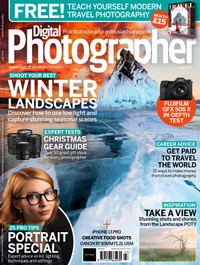Digital Photographer's Camera of the Year is not what you'd expect
THIS is the best camera of the year, as chosen by Digital Photographer magazine – and we think you'll be surprised!
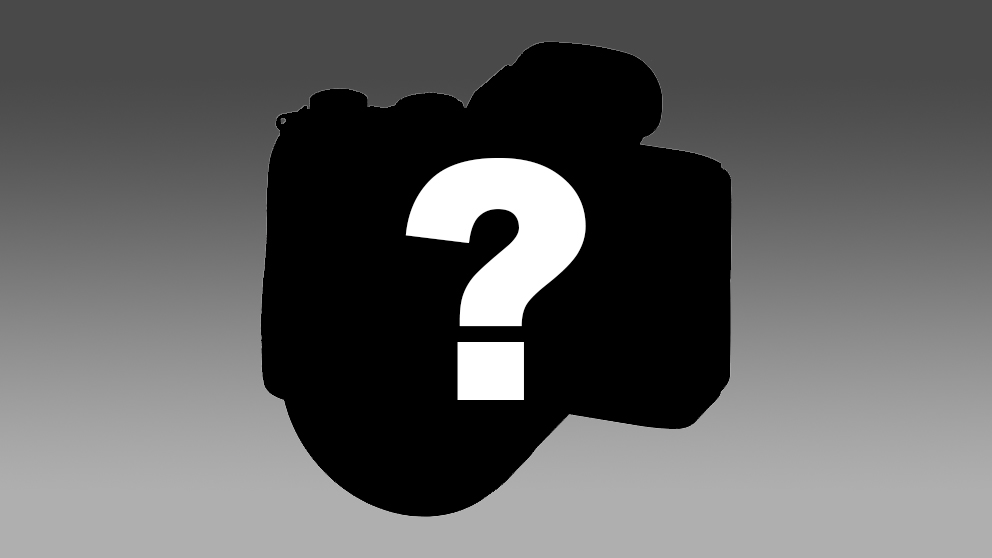
Despite the difficult circumstances, 2021 was an exciting year for the camera market. We saw the introduction of three flagship mirrorless cameras that are designed to take the place of DSLRs in the hands of professional photographers. It’s another significant step in the evolution of photography and the transition towards the wider use of mirrorless cameras.
High-level cameras and lenses have been the main focus for the past couple of years, although there has also been considerable emphasis on the vlogging capabilities of lower-level mirrorless cameras.
• Read more: Best mirrorless cameras
Autofocus systems continued to be a key development area during 2021, with greater use made of artificial intelligence and machine learning to improve subject detection systems. Consequently, we’re seeing manufacturers widen the range of subjects that can be detected and tracked. Such features enable photographers to concentrate on capturing the perfect composition at the decisive moment.
There were a few things that we would have liked to have seen announced in 2021 that didn’t appear. An APC-C format Canon RF-mount camera, along with a range of lenses beyond the limited selection available with the EF-M mount would have been welcomed, for example, as well as a few more APS-C format Z-mount optics from Nikon. But looking back, it seems to have been a good year for cameras.
So, what was the best camera of the year? According to our friends at Digital Photographer magazine, the choice was obvious…
Digital Photographer is a monthly magazine, and the kitbag essential for enthusiasts and amateurs alike!
Inside, you'll find practical guides, shooting tips and techniques from working photographers, plus all the latest industry news.
Camera of the year 2021
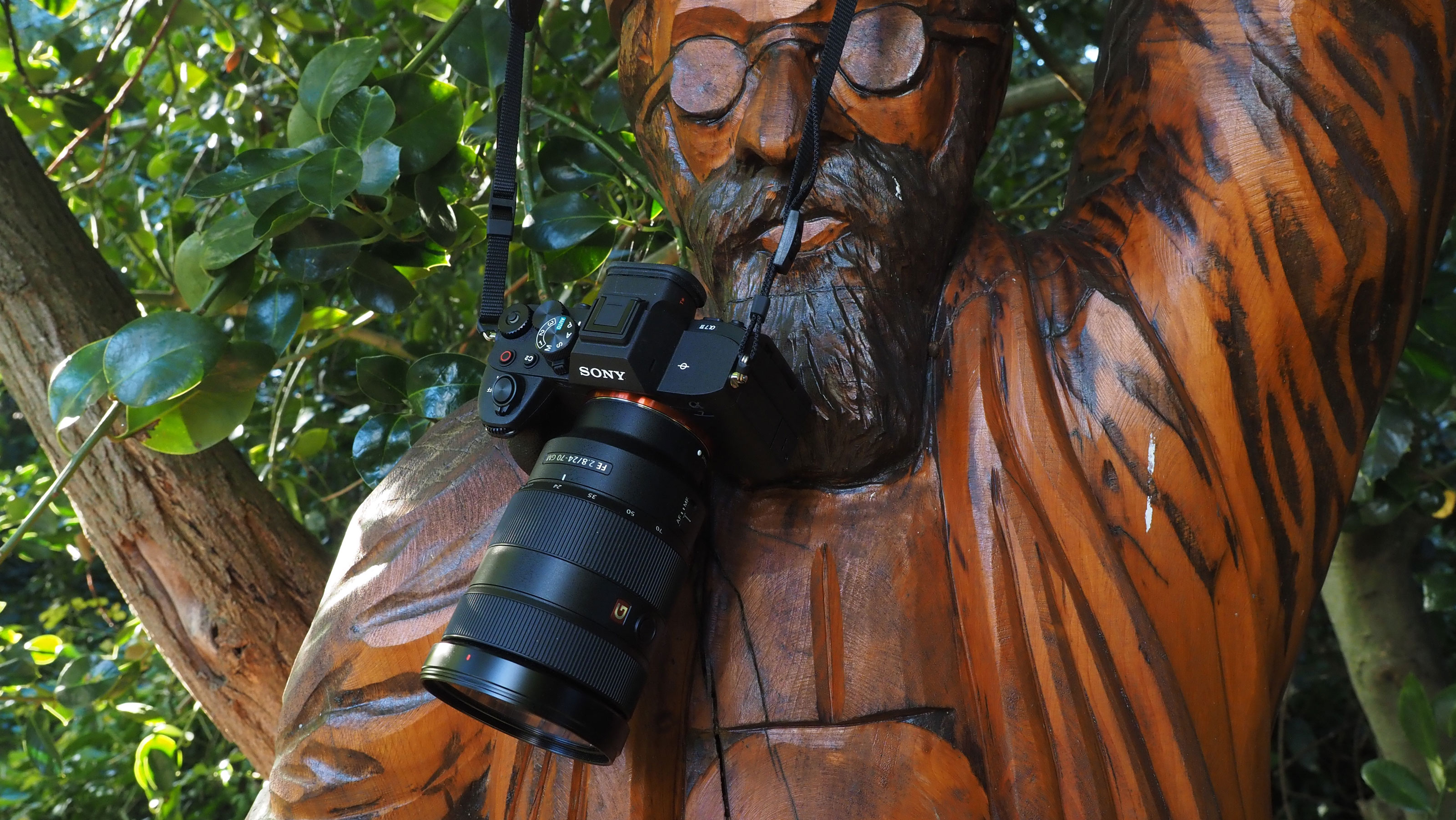
Get the Digital Camera World Newsletter
The best camera deals, reviews, product advice, and unmissable photography news, direct to your inbox!
While it doesn’t have the 50MP resolution of the Sony A1, the A7 IV’s 33MP sensor puts it ahead of 24MP rivals at an attractive price. With a CFexpress type-A card and the file format set to anything other than uncompressed RAW files, it can also shoot at 10fps until the card is full or battery expires, however, you are then ‘limited’ to 828 uncompressed RAW files.
There’s also a brilliant AF system with 759 phase-detection points, real-time tracking and Eye AF for humans, animals or birds. Also, thanks to 7K oversampling, the A7 IV can shoot super-quality 4K video, making it a solid all-rounder. It’s great value,
and the camera likely to sell in the biggest number.
Runners up
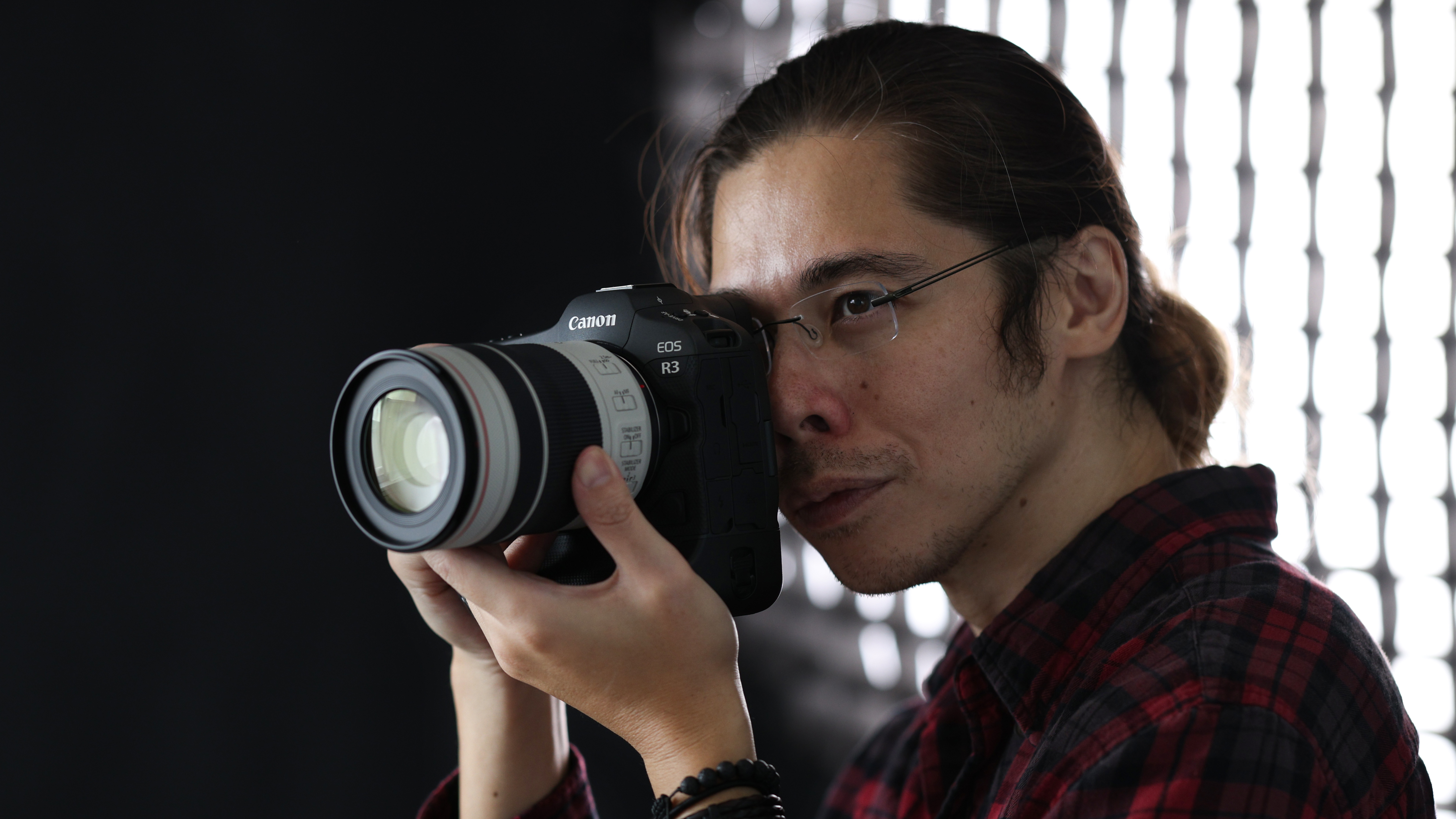
Canon introduced the R3 as its flagship mirrorless camera to sit below the EOS-1D X Mark III. It has a 24.1MP full-frame BSI stacked CMOS sensor combined with a Digic X processor for 30fps shooting for up to 540 JPEGs or 150 RAW files, or 6K 60p video. The tracking system can detect vehicles, humans or animals.
What’s especially exciting is that the subject can be set by the photographer’s eye at the viewfinder. It’s a feature that we first saw back in 1992, but this is the first time it has appeared in a digital camera and it has benefitted from a huge amount of development to make subject selection quick and intuitive.
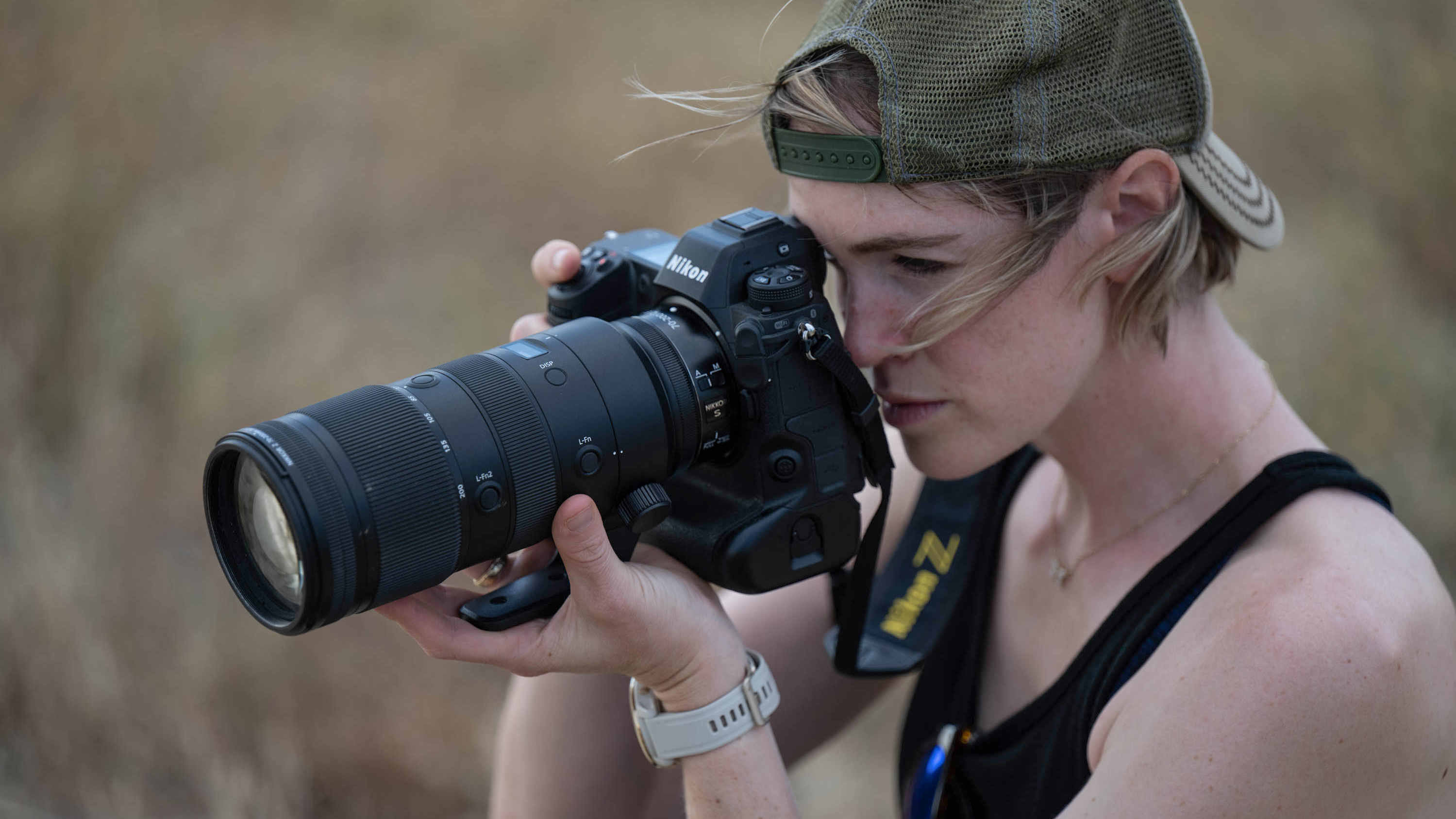
Nikon created a new 45.7MP stacked full-frame CMOS sensor for the Z 9 and paired it with the brand new Expeed 7 processor to enable blazing-fast responses and 8K video recording at up to 60p, or at 30p for up to around 125 minutes. And if you switch to stills, you can shoot at 20fps for more than 1000 uncompressed RAW files or 30fps if you swap to shooting high-quality JPEGs.
There’s also a high-specification AF system that allows simultaneous detection of up to nine different types of subject. When we got our hands on the Z 9, we were blown away by the responsiveness and stickiness of the human eye detection.
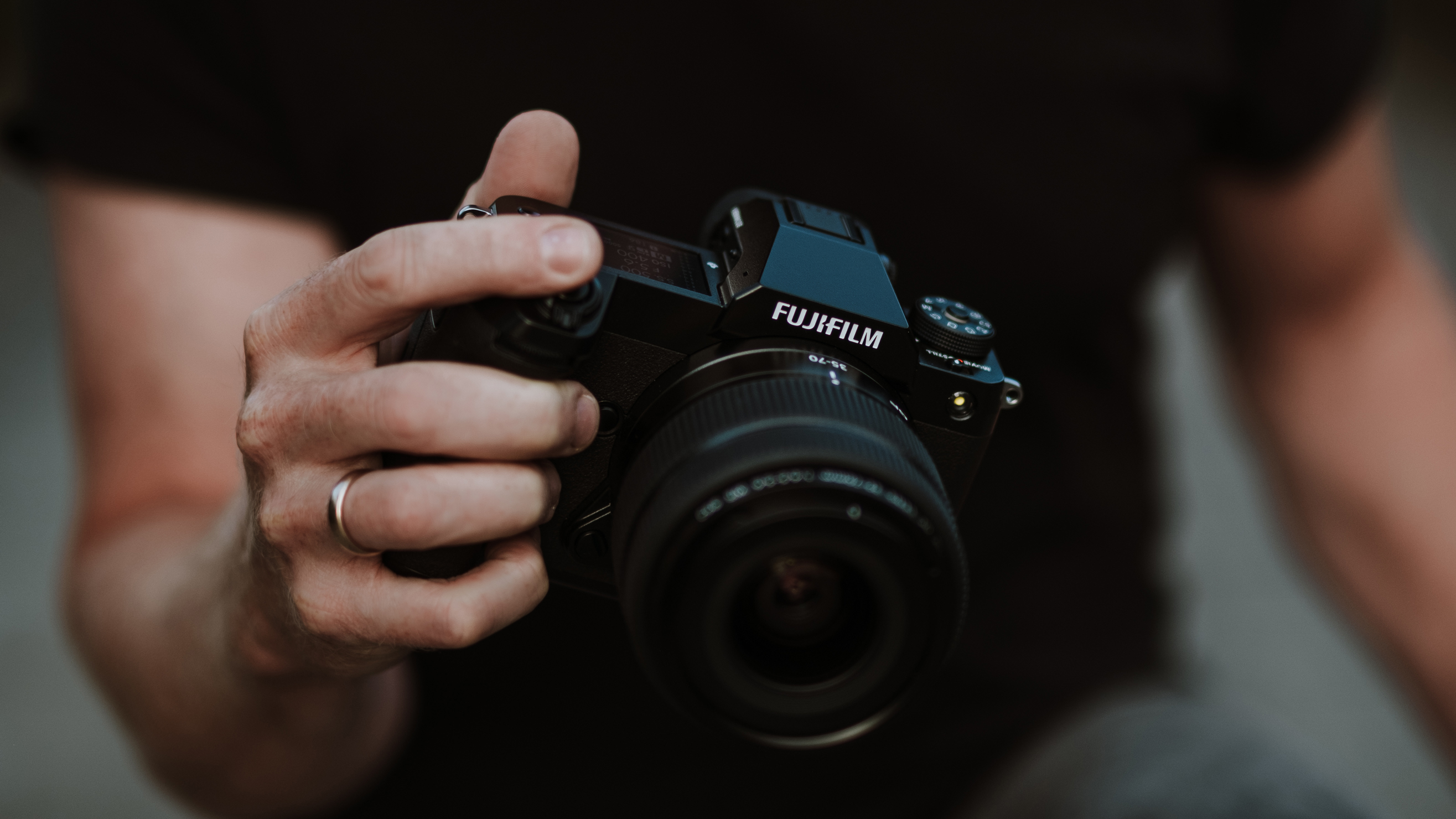
Measuring 43.8 x 32.9mm, the 51.4MP sensor inside the Fujifilm is 1.7x the size of those in full-frame cameras. It means that each of its pixels has huge light-gathering potential, which helps it to deliver superb-quality images. It relies on contrast detection, so the focusing system isn’t the fastest, meaning that it’s not particularly suited to shooting sport, but it’s perfect for still life, street, landscape, macro and general photography.
For a medium format camera, the GFX 50S II is compact and blends in with full-frame DSLRs. It’s weatherproof and the body weighs 900g, so is easily carried on a shoulder strap, especially when paired with the Fujifilm GF35-70mm F4.5-5.6 WR lens.
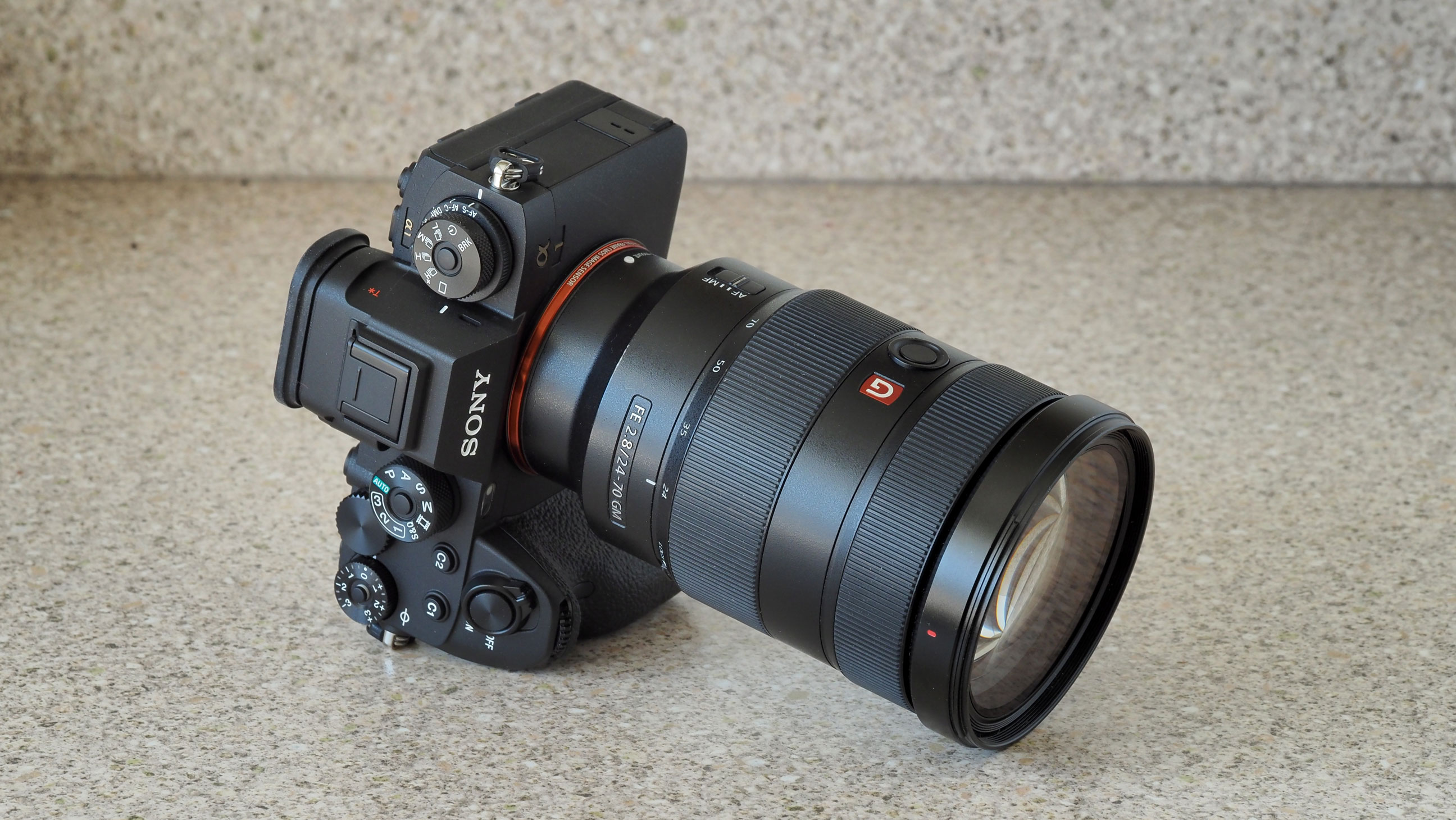
In terms of its features and specifications, Sony has thrown the kitchen sink at the A1 camera, giving it a 50.1MP full-frame stacked Exmor RS CMOS sensor and the ability to shoot at up to 30fps for a total of 155 full-resolution compressed RAW images or 165 JPEGs. Meanwhile, in video mode, it can shoot 8K 30p 10-bit 4:2:0 footage or 4K at up to 120p.
The A1 also has 759 phase-detection AF points, covering around 92 percent of the sensor, plus Sony’s advanced Real-time Eye AF that can track human, animal or birds eyes in stills mode and human eyes in video mode. All of these features add up to make the A1 a great tool for professional content creators.
Read more:
Best Sony cameras
Best Canon cameras
Best Nikon cameras
Best Fujifilm cameras
Digital Photographer is the ultimate monthly photography magazine for enthusiasts and pros in today’s digital marketplace.
Every issue readers are treated to interviews with leading expert photographers, cutting-edge imagery, practical shooting advice and the very latest high-end digital news and equipment reviews. The team includes seasoned journalists and passionate photographers such as the Editor Peter Fenech, who are well positioned to bring you authoritative reviews and tutorials on cameras, lenses, lighting, gimbals and more.
Whether you’re a part-time amateur or a full-time pro, Digital Photographer aims to challenge, motivate and inspire you to take your best shot and get the most out of your kit, whether you’re a hobbyist or a seasoned shooter.
